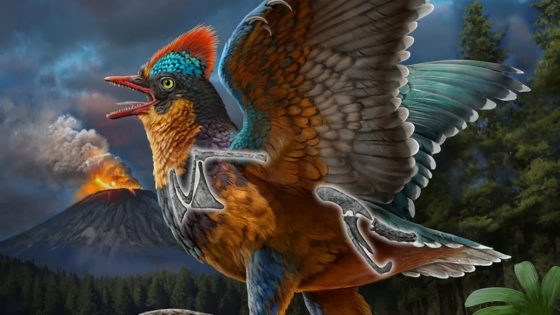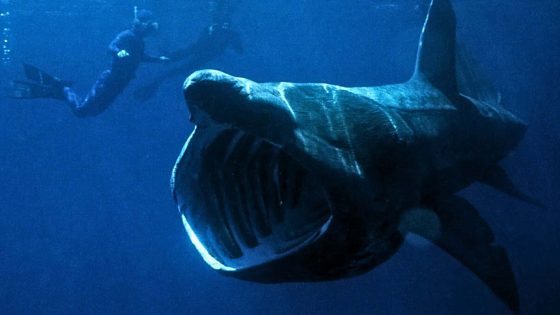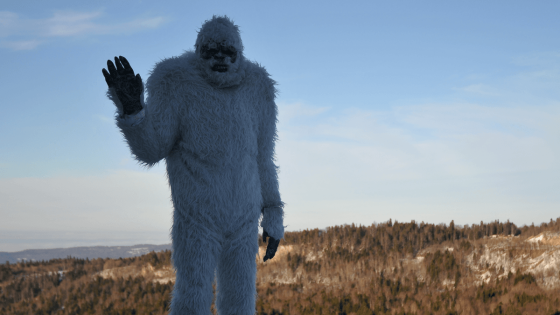A recent discovery of a Jurassic bird fossil in southeastern China is reshaping our understanding of avian evolution. The Baminornis zhenghensis, a quail-sized bird that lived around 150 million years ago, challenges long-held beliefs about the timeline of bird development. Could this finding be the key to unlocking the mysteries of our feathered friends’ ancestry?
- Discovery of Baminornis zhenghensis in China
- Second unquestioned Jurassic bird fossil
- Baminornis had advanced flying capabilities
- Differences from Archaeopteryx highlight evolution
- Zhenghe Fauna collection indicates early bird diversity
- Fossil lacks feathers and skull details
On February 13, 2025, researchers announced this significant discovery, marking Baminornis as the second unquestionable bird fossil from the Jurassic period, alongside the famous Archaeopteryx.
New Jurassic Bird Fossil Offers Insights into Avian Evolution
What does the Baminornis zhenghensis tell US about the evolution of birds? This newly found fossil provides critical evidence that a variety of birds existed during the Jurassic period, flying in diverse ways. As researchers delve deeper into this discovery, it raises intriguing questions about how birds adapted and evolved over millions of years.
Implications of Baminornis for Understanding Bird Evolution
The Baminornis fossil, found in China’s Fujian province, is a game-changer in the study of avian history. Unlike Archaeopteryx, which had a long, thin tail, Baminornis featured a short tail with fused vertebrae, a characteristic seen in modern birds. This anatomical complexity suggests that birds were more advanced than previously believed.
- Baminornis existed about 150 million years ago, alongside Archaeopteryx.
- It had a more aerodynamic structure, indicating better flying capabilities.
- This discovery suggests avian evolution began millions of years earlier than thought.
- Researchers believe the Zhenghe Fauna collection holds more secrets about early bird diversification.
Understanding the Evolutionary Timeline of Birds
The discovery of Baminornis has led scientists to revise the timeline of bird evolution. Previously, Archaeopteryx was considered the only definitive bird from the Jurassic period. Now, researchers estimate that advanced birds may have existed as early as 172-164 million years ago. This pushes back our understanding of when birds began to take to the skies.
What Makes Baminornis Unique Compared to Archaeopteryx?
Baminornis zhenghensis stands out due to its unique physical features. Unlike Archaeopteryx, which displayed primitive traits like claws and sharp teeth, Baminornis had a more refined skeletal structure. This indicates a significant evolutionary leap, suggesting that it could fly more efficiently, similar to modern birds.
In conclusion, the discovery of Baminornis zhenghensis not only fills a critical gap in the fossil record but also reshapes our understanding of bird evolution. As researchers continue to explore this fossil and others in the Zhenghe Fauna collection, we may uncover even more about the fascinating history of avian life on Earth.

































